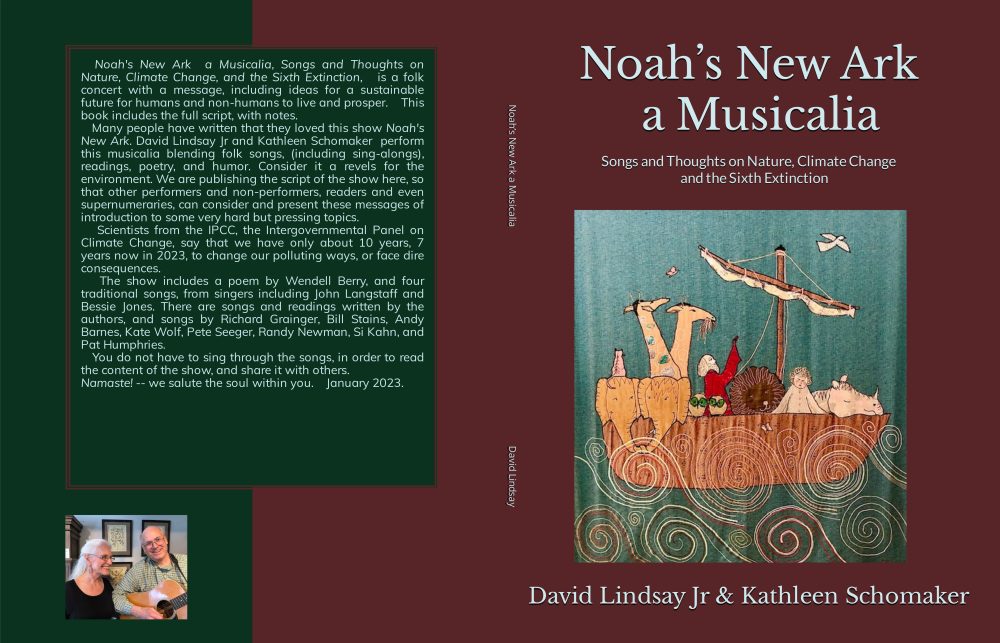What caused Harriet Tubman’s “spells”? Were there really black slave-catchers? We break down the new biopic.

“The fact that Harriet is the first feature-length film to tell the story of one of the most famous women in American history may sound improbable, but it’s no less improbable than many of the facts of her life. The new biopic is mostly true to what we know of the real Harriet Tubman, though writer-director Kasi Lemmons (Eve’s Bayou) and co-writer Gregory Allen Howard (Remember the Titans, Ali) take some considerable liberties with both the timeline of events and the creation of several characters. We consulted biographies, articles, primary sources, and a few contemporary historians so we could break down what’s historical record and what’s artistic license.
Tubman’s Early Life as Araminta “Minty” Ross
Just as in the movie, Tubman (played here by Cynthia Erivo) grew up on a farm in Dorchester County, Maryland, where she was born Araminta “Minty” Ross. Though the movie may leave the impression that she only took on the name Harriet Tubman when she reached freedom, she seems to have taken it when she was married, taking Harriet from her mother, Harriet Ross, and Tubman from her husband, a free black man named John Tubman. Despite that, her owners still called her by the name they gave her, as evidenced by the Oct. 3, 1849, advertisement for the return of “Minty” taken out by Tubman’s mistress Eliza Brodess when she eventually escaped.”
Source: Harriet movie historical accuracy: What’s fact and what’s fiction in the Harriet Tubman biopic.
